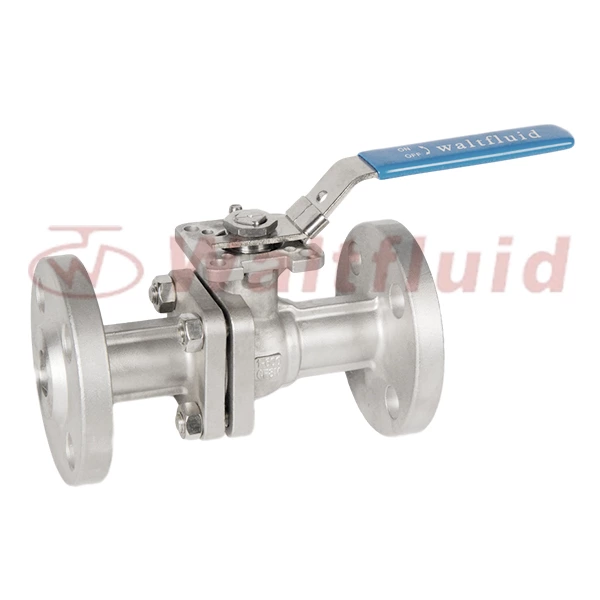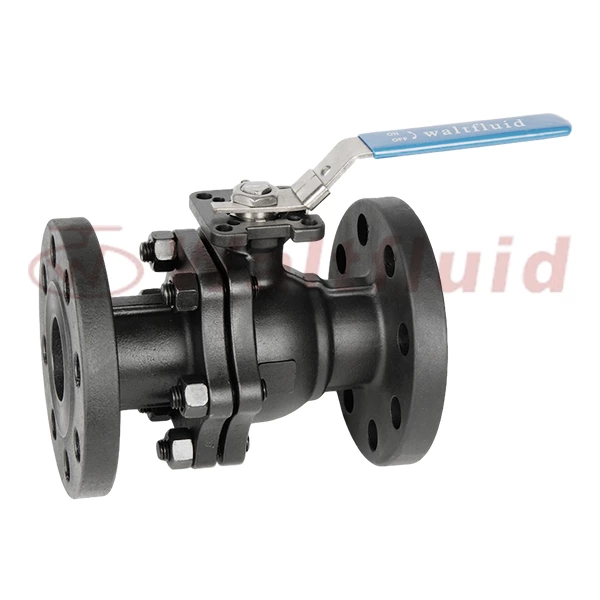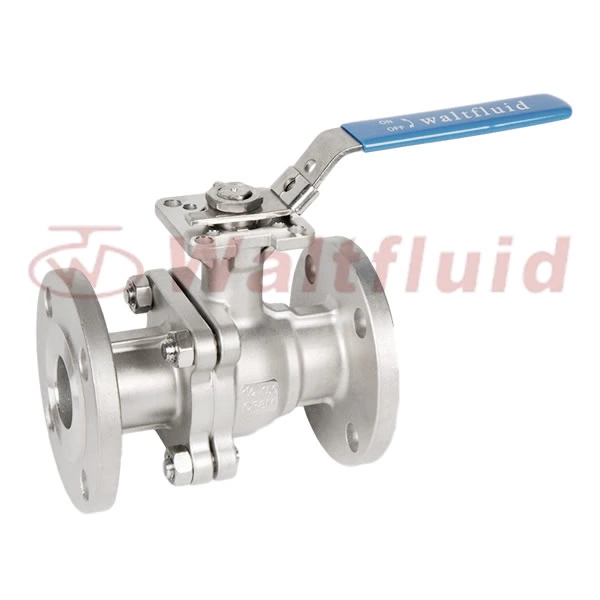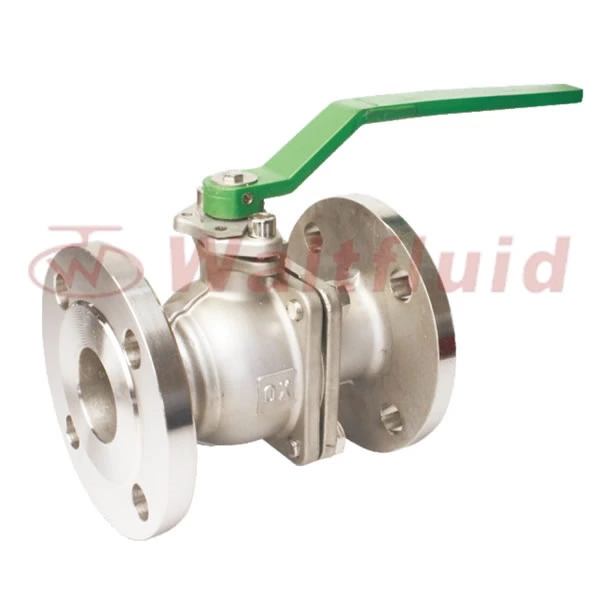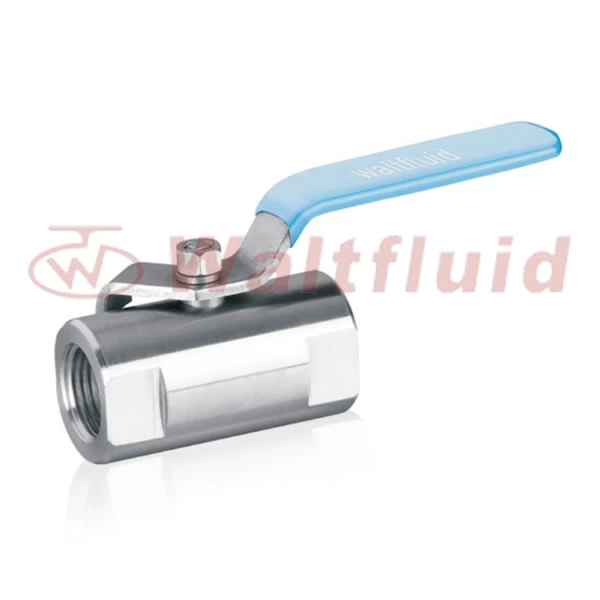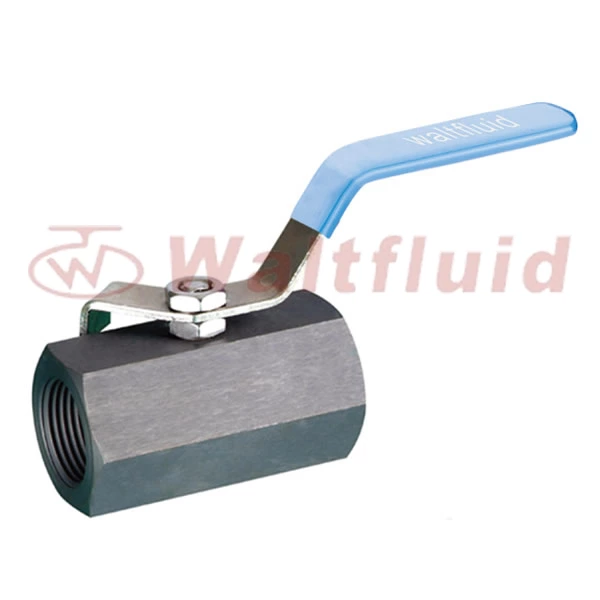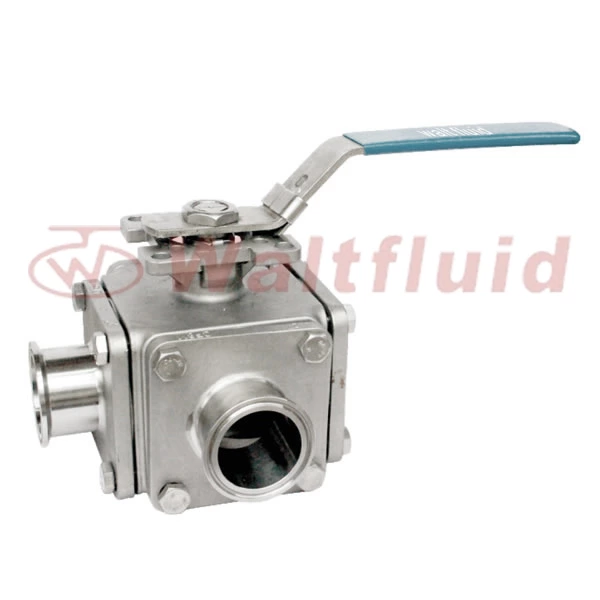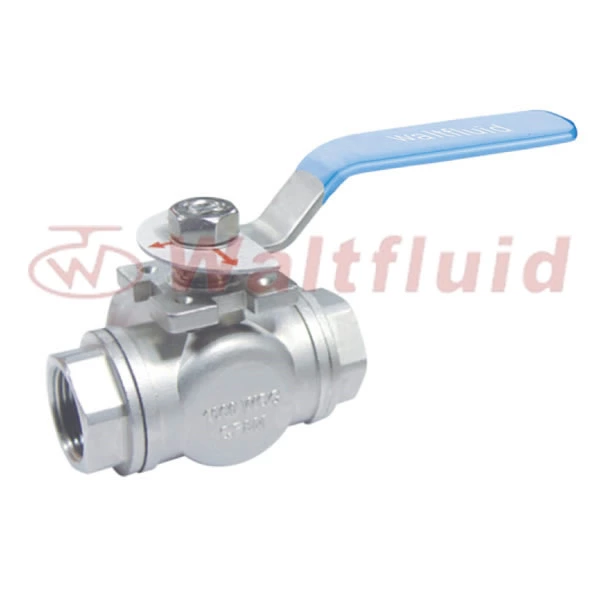The Manufacturer Of Hard-sealed Ball Valve Tells You Its Application Areas
1 Piece Threaded Ball Valve is installed in the diameter direction of the pipeline. In the cylindrical channel of the hard-sealed ball valve body, the disc-shaped butterfly plate rotates around the axis, and the rotation angle is between 0° and 90°. When it rotates to 90°, the valve is fully open.
Characteristics of the new high-life stainless steel ball valve and problems with butterfly valves during use At present, hard-sealed ball valves and hard-sealed butterfly valves, as a component used to realize the on-off and flow control of pipeline systems, have been widely used in many fields such as petroleum, chemical industry, metallurgy, hydropower, etc.
In the known ball valve technology, its sealing form mostly adopts a sealing structure, and the sealing material is rubber, polytetrafluoroethylene, etc. Due to the limitations of structural characteristics, it is not suitable for high temperature resistance, high pressure resistance, corrosion resistance, wear resistance and other industries.
A relatively common butterfly valve is a three-eccentric metal hard-sealed ball valve, the valve body and the valve seat are connected components, and the valve seat sealing surface layer is welded with heat-resistant and corrosion-resistant alloy materials.
The hard-sealed ball valve has an eccentric metal seal structure, and the sealing form is metal-to-metal seal, which can be replaced by metal seal ring to metal seal, stainless steel plate and graphite composite plate seal ring to metal seal.
In addition to electric, the drive forms of the hard-sealed ball valve include: manual, worm gear drive, pneumatic, etc. This valve is generally installed horizontally.
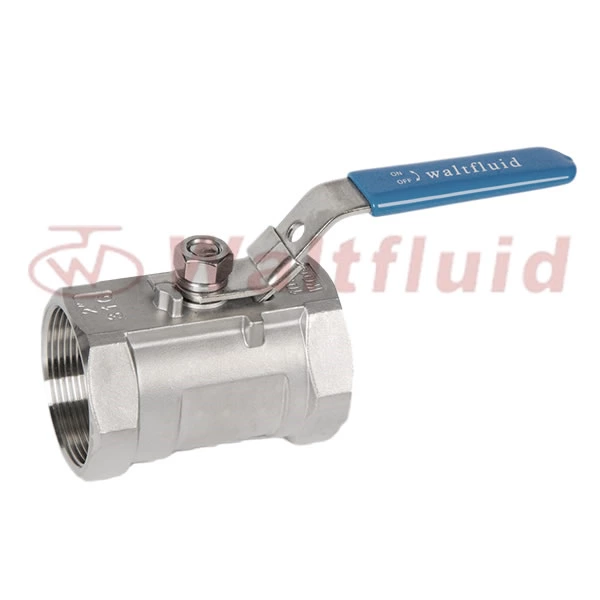
 English
English 中文
中文 Pусский
Pусский  Español
Español
